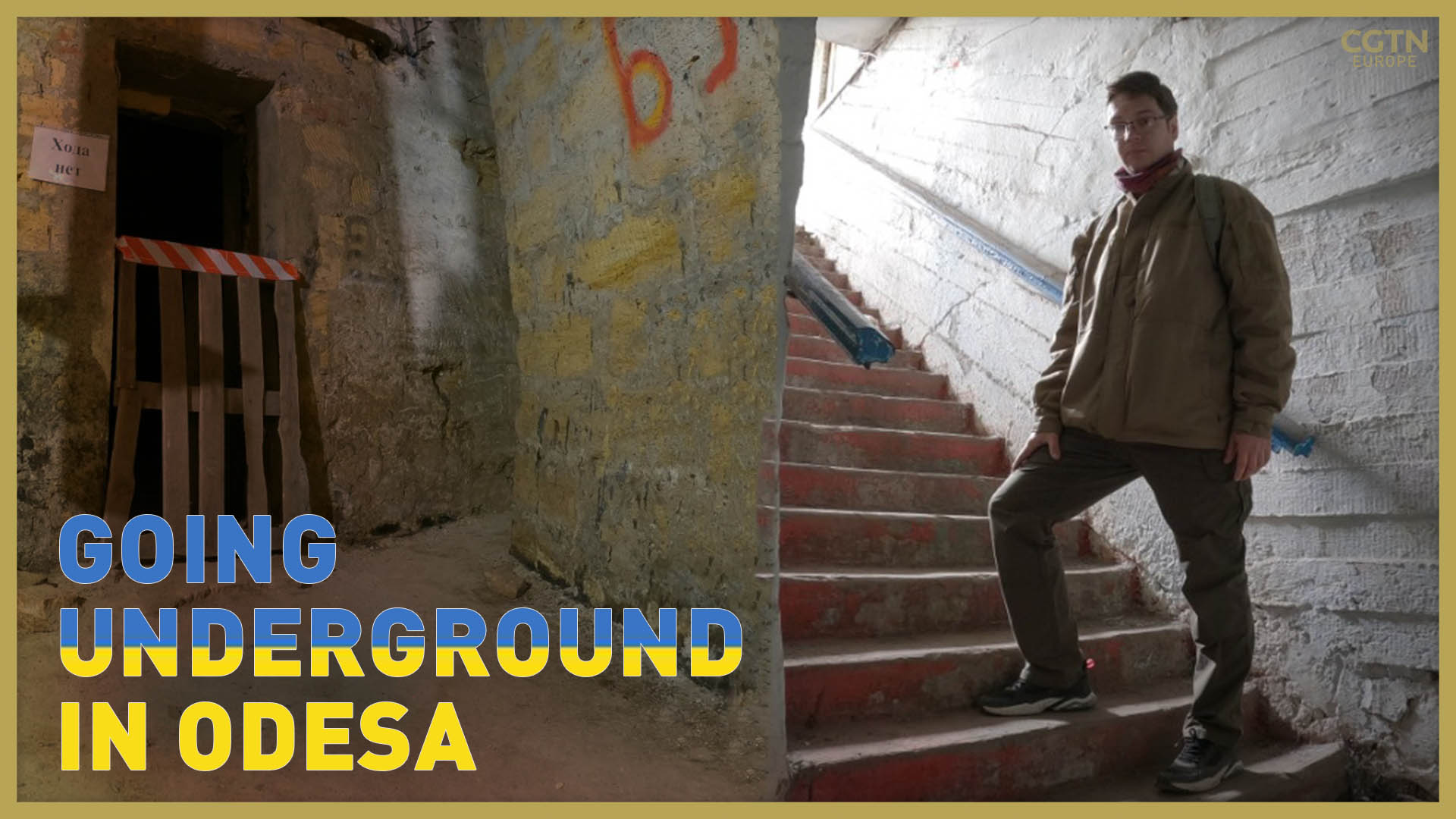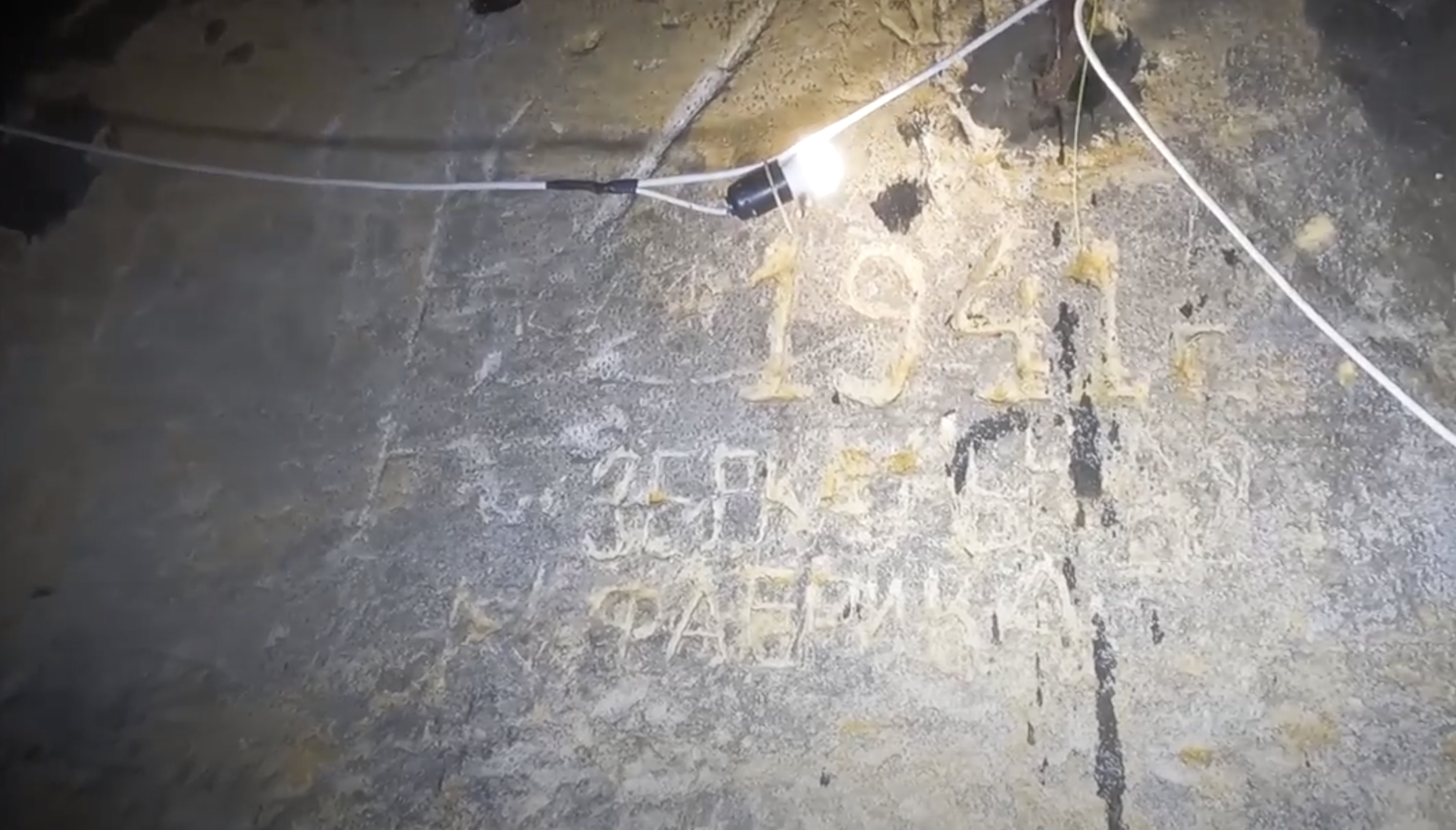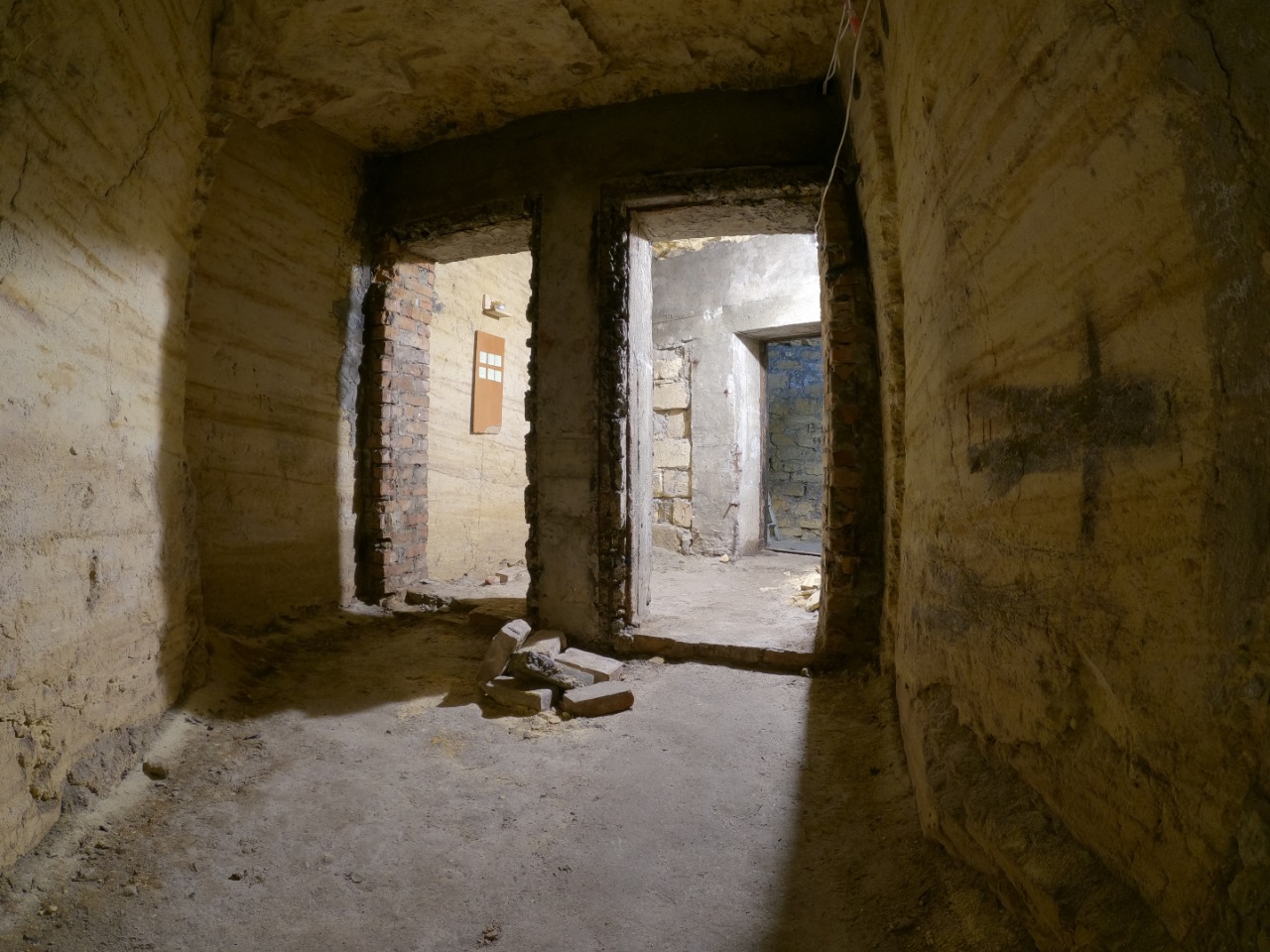WATCH: How Odesa's famous catacombs are being prepared for a Russian assault.
03:32

In late February, as the Russian military advanced into Ukraine from the east, Odesa's harbor became a prime target for a navy attack.
When missiles and cluster bombs were dropped onto Kyiv, thousands of residents sought shelter in the capital's metro system – a safe refuge Odesa does not have. So what could the city do if they too were to be faced with heavy artillery?
Fast forward a few days and a group of volunteers in this quiet seaside town in west Ukraine took their battle underground. With their spades and torches poised, they entered the old forgotten limestone quarries beneath the city – or as they are more famously known, Odesa's catacombs.
READ MORE
Floating train tipped for speed record
Telling China's story: Michael Wood
Sweden and Finland look towards NATO
There they began to clear one of the world's largest systems of tunnels, extending hundreds of kilometers across the port city, hoping to turn them into Odesa's own protection against Russian attack.
The tunnels were originally built in the 19th century by miners digging out limestone to use for the construction of the city's buildings. During World War II the passages were used by groups of partisans fighting against the Nazis. A few years later bunkers were built to withstand the use of nuclear weapons. But those were destroyed in the 1990s, after the fall of the Soviet Union.

The date '1941' carved into the wall, thought to be by partisans during World War II. /Roman Mauser/CGTN
The date '1941' carved into the wall, thought to be by partisans during World War II. /Roman Mauser/CGTN
Roman Mauser, a Ukrainian blogger in Odesa, is working with volunteers to prepare the bunker against possible Russian warfare.
As if to illustrate the potential urgency of the task, when CGTN rang him in Odesa the conversation was interrupted by air raid sirens. But Mauser was able to shoot a guided video tour – see top of this page – giving us his first hand experience of the tunnels.
Into the Odesa catacombs
After going down several flights of stairs, he arrives at a blast door. As he continues to travel deeper into the tunnels, thermal insulation carpets, bottled water and tinned food line the floor.
"The tunnels are more than 20 meters below the ground surface. The temperature here is about 13 degrees. The tunnels are wide and very high. There is no bad smell," he says.
Some families have already brought their bags filled with essentials – such as clothes and blankets – in case they are evacuated. For now residents in Odesa only come here when there is an air raid alert.
The tunnels could easily fit more than 400 people but Mauser and the volunteers know it's not space that's the issue, but the lack of resources.

The empty tunnels span hundreds of kilometres./Roman Mauser/CGTN
The empty tunnels span hundreds of kilometres./Roman Mauser/CGTN
Mauser's video goes on to explain how volunteers have been trying to make the bunkers comfortable for children, by fixing up tables and play areas.
"Children are not afraid to be in these tunnels," he says. "Children understand this as a game, an adventure. They don't understand the whole tragic situation."
As he continues to move into the bunker, he notes the stillness of the tunnels, away from the battles taking place above ground: "Children are really calm and safe here. It's really nice."
With the donations received, the bunker has been able to benefit from two new biological toilets. For the volunteers, it's a sign that they will be ready to stay here if they are forced to seek cover.
"We are really safe here. We are not afraid of any Russian missiles," says Mauser.
They hope to be able to install a stable internet network down in the tunnels, so that if they need to evacuate into the bunkers, they can stay connected with the rest of the world.

